
Concept explainers
Biaryls, compounds containing two
a. b.
b.  c.
c. 
(a)
Interpretation: The synthesis of given biaryl compound using benzene as the starting material and any required organic or inorganic reagents is to be stated, and if more than one route is possible, then both routes are to be drawn.
Concept introduction: The treatment of an organic halide
Answer to Problem 26.47P
The synthesis of given biaryl compound (two routes) using benzene as the starting material and any required organic or inorganic reagents are shown below.
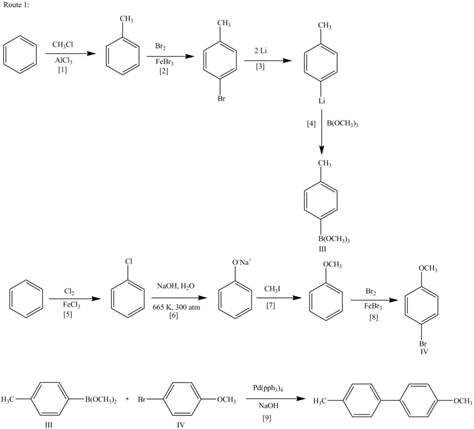
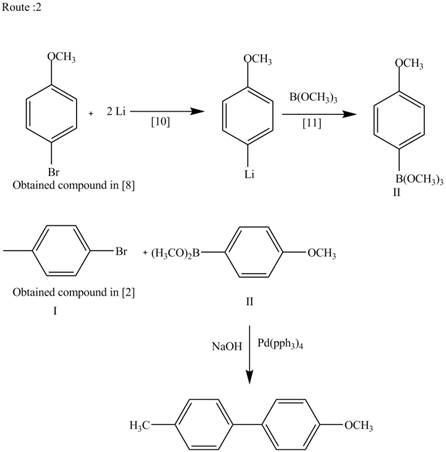
Explanation of Solution
The treatment of an organic halide
The retrosynthetic analysis of the given compound is,
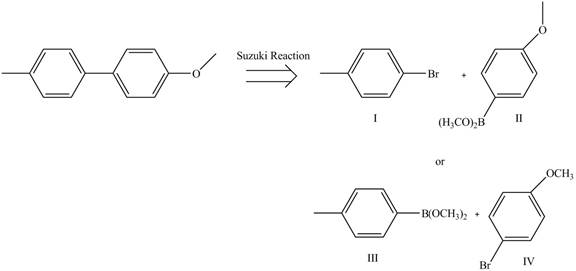
Figure 1
The above analysis shows that there are two possible routes to synthesize the given compound.
Route 1:
The Route 1 involves formation of desired biaryl in nine steps. The first step is Friedel-Crafts alkylation of benzene with
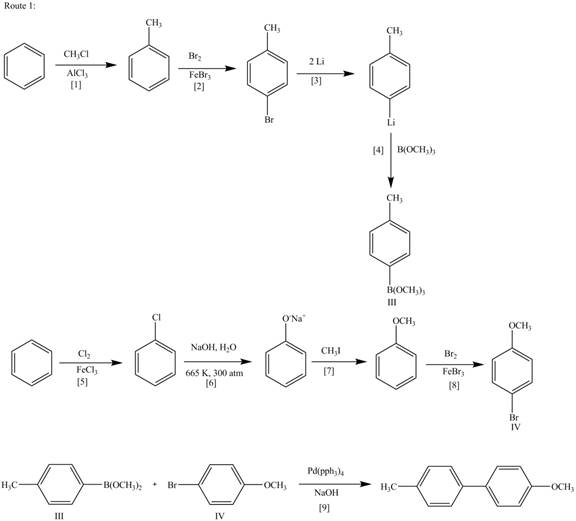
Figure 2
Route 2:
The Route 2 involves
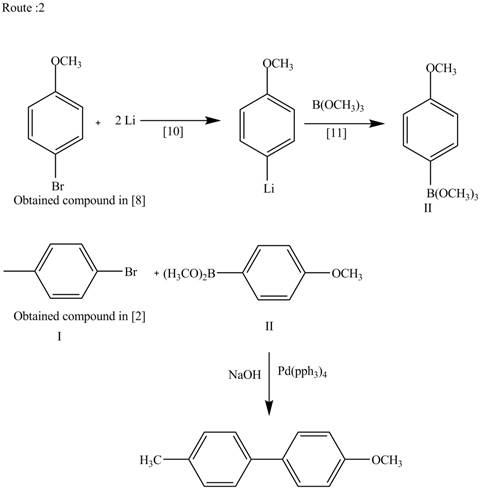
Figure 3
The synthesis of given biaryl compound (two routes) using benzene as the starting material and any required organic or inorganic reagents are shown in Figure 2, and Figure 3.
(b)
Interpretation: The synthesis of given biaryl compound using benzene as the starting material and any required organic or inorganic reagents is to be stated, and if more than one route is possible, then both routes are to be drawn.
Concept introduction: The treatment of an organic halide
Answer to Problem 26.47P
The synthesis of given biaryl compound (two routes) using benzene as the starting material and any required organic or inorganic reagents are shown below.
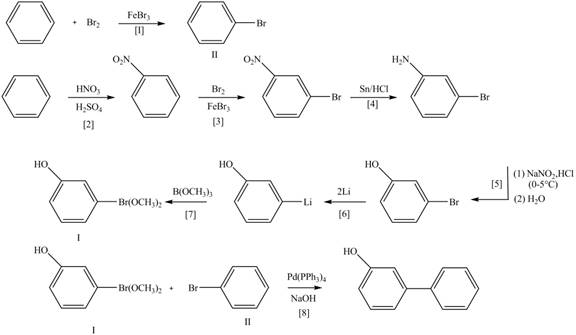

Explanation of Solution
The treatment of an organic halide
The retrosynthetic analysis of the given compound is,
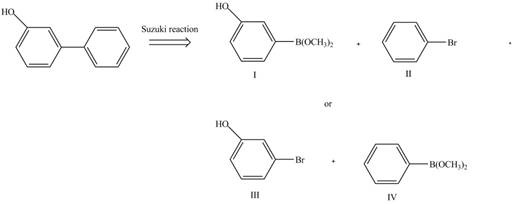
Figure 4
The above analysis shows that there are two possible routes to synthesize the given compound.
Route 1:
The Route 1 involves eight steps. The first step is bromination of benzene in the presence of
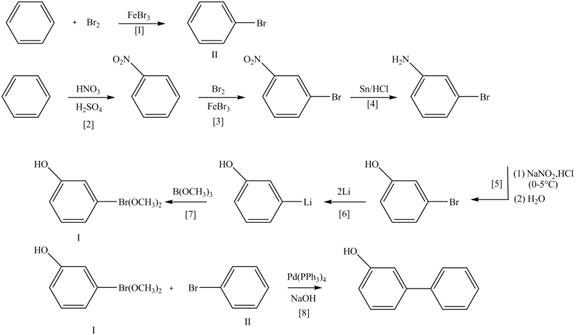
Figure 5
Route 2:
The Route 2 involves

Figure 6
The synthesis of given biaryl compound (two routes) using benzene as the starting material and any required organic or inorganic reagents are shown in Figure 5, and Figure 6.
(c)
Interpretation: The synthesis of given biaryl compound using benzene as the starting material and any required organic or inorganic reagents is to be stated, and if more than one route is possible, then both routes are to be drawn.
Concept introduction: The treatment of an organic halide
Answer to Problem 26.47P
The synthesis of given biaryl compound (two routes) using benzene as the starting material and any required organic or inorganic reagents are shown below.
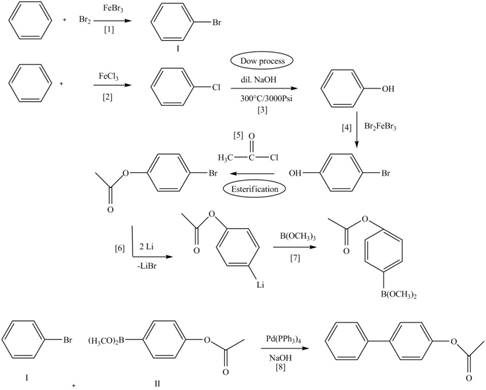
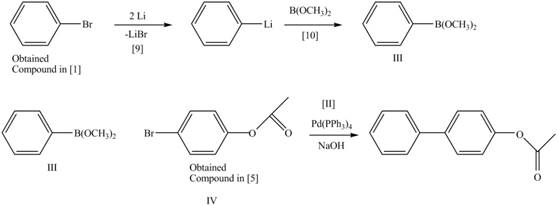
Explanation of Solution
The treatment of an organic halide
The retrosynthetic analysis of the given compound is,
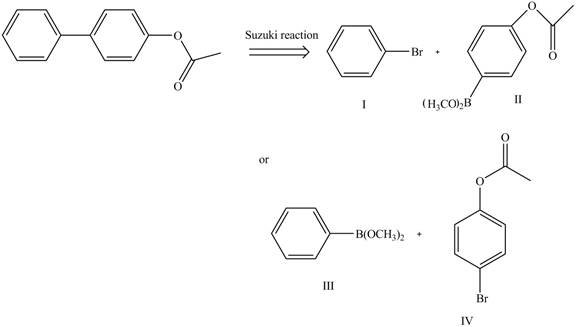
Figure 7
The above analysis shows that there are two possible routes to synthesize the given compound.
Route 1:
The Route 1 involves eight steps. The first step is bromination of benzene in the presence of
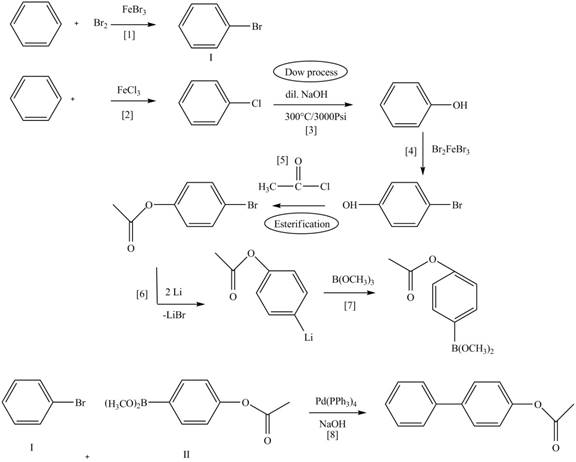
Figure 8
Route 2:
The Route 2 involves
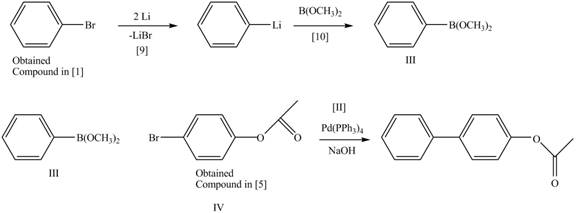
Figure 9
The synthesis of given biaryl compound (two routes) using benzene as the starting material and any required organic or inorganic reagents are shown in Figure 8, and Figure 9.
Want to see more full solutions like this?
Chapter 26 Solutions
ORGANIC CHEMISTRY
- Using Luther's rule, determine the reference potentials of the electrodes corresponding to the low stability systems Co³+/Co and Cr²+/Cr from the data in the table. Electrodo ΕΝ Co²+/Co Co3+/Co²+ -0,28 +1,808 Cr³+ / Cr -0,508 Cr3+ / Cr²+ -0,41arrow_forwardThe molecule PYRIDINE, 6tt electrons and is there pore aromuntre and is Assigned the Following structure contenus Since aromatk moleculey undergo electrophilic allomatic substitution, Pyridine should undergo The Following reaction + HNO3 12504 a. write all of the possible Mononitration Products that could Result From this roaction Based upon the reaction the reaction mechanism determine which of these producty would be the major Product of the hegetionarrow_forwardUsing Benzene as starting materia Show how each of the Following molecules could Ve synthesked 9. CHI d. 10450 b 0 -50311 ८ City -5034 1-0-650 e NO2arrow_forward
- BA HBr of the fol 1)=MgCI 2) H₂O major NaOEt Ts Cl Py (pyridine) 1) 03 2) Me2S 1arrow_forward4. Provide a clear arrow-pushing mechanism for the following reactions. Do not skip proton transfers, do not combine steps, and make sure your arrows are clear enough to be interpreted without ambiguity. a) NHBoc ⚫OBn HO. H3C CO2CH3 -OBn H3C H3C. H3C. NHBOC CI CO2CH3arrow_forwardDraw structures of the following compounds and identify their role: mCPBA (MCPBA) DMS Py 9-BBN LAH Sia₂BH TsCI PCC t-BuOK LDA MeLi n-BuLi DMSO DMF Sodium Borohydride Lithium DiisopropylAmide 2arrow_forward
- Using Luther's rule, calculate the reference potential of the Hg2+/Hg redox electrode. DATA: Electrode potentials E° = 0,854 V y E 0,788 V Hg2+/Hg 2+ Hg2/Hgarrow_forward1) NaNH2 (excess) 1) NaNH2 CI CI 2) H₂O 2) Mel 1) 03 2) (CH3)2S Na NH3 (liquid) 1arrow_forwardCI 1) n-BuLi 2) 1) 03 HH T&Cl 2) H₂O 2arrow_forward
- Help with a!arrow_forwardFor the following compound: HO -H Draw a mechanism for the tautomerization process under BASIC conditions: Mechanism A: H-O: H-OH H-O HH H-OO Mechanism B: H-Q Mechanism C: Θ OH H-O: Mechanism D: H-O H- H-OO C H-OO H- H- H-OO HH OH -H - HON H :OH H-Harrow_forwardidentify the product (or multiple products) for each of the following reactions: CI 1) NaNH2 (excess) ठ Cl 2) H₂O Hz H₂SO₂, H₂O HgSO Lindlar's catalyst 1) n-BuLi 2) 1)9-BBN 2) H₂O, NaOH ? Br H A B C afó gó H OA B O c OD E OF D E F H H Na, NHarrow_forward
 Organic Chemistry: A Guided InquiryChemistryISBN:9780618974122Author:Andrei StraumanisPublisher:Cengage Learning
Organic Chemistry: A Guided InquiryChemistryISBN:9780618974122Author:Andrei StraumanisPublisher:Cengage Learning

